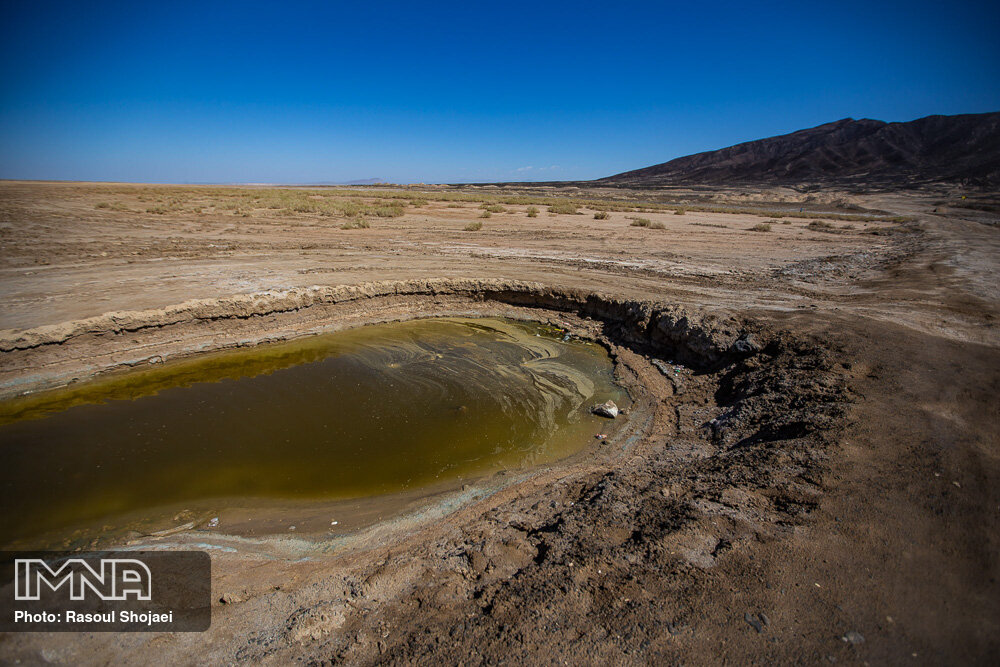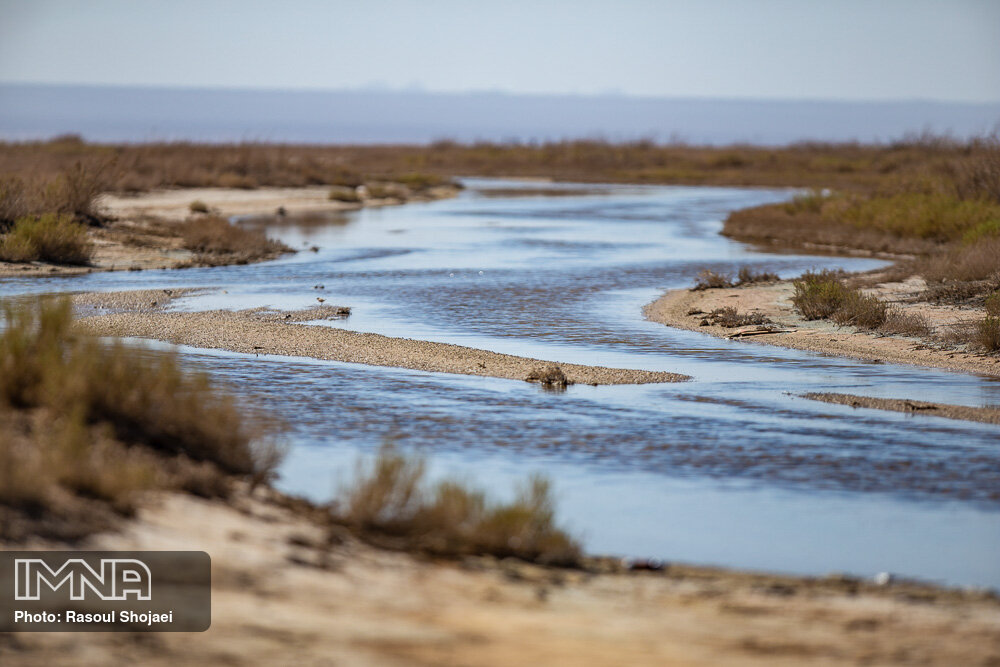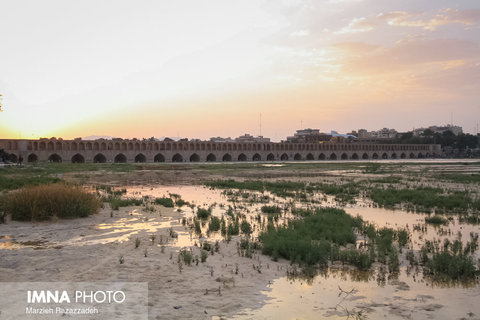Iran (IMNA) - Norouzi pointed out, "dried up Gavkhoni wetland is also a grave threat targeting people's health."
Referring to the condition of the city's green space, he said, "60 hectares of Isfahan's urban grass have either been turned into water resistance varieties or adapted to water shortages. It has also ordained to irrigate 2,000 hectares of Isfahan's green space with wastewater, of which 15% has now been realized.”
Stressing that the revival of the Zayanderud River should always be the main concern of officials, the mayor of Isfahan, added, "over the past few years, the biggest concern of environmental activists has been the provision of safe drinking water which is supplied from the Zayandehrud reservoir dam."

Ghodratollah Norouzi continued, "Downstream waters should not be used for purposes other than drinking, and government officials should monitor the latent violations in this regard. The security apparatuses and responsible political bodies must carry out their duties regarding the supply of water from the source to the destination. The municipality of Isfahan has not been in charge of establishing orders concerning the Zayandehrud challenges; however, as a rightful and incontestable water owner, we insist on our water right."
Zayanderud begins its life high up in the subrange of the Zagros Mountains and flows eastward before reaching the Gavkhouni wetland, the terminal basin of the river. The flows reaching this salt marsh are now much reduced, and there are extended periods when no water at all flows in the the river and tail reach of it .
Water use around Isfahan is as old as the city itself, with records of water management dating back to the 3rd century BC. Riparian rights of Isfahan in the 16th century were described in detail in a tumar (edict), which is attributed to Sheikh Bahai, well-known scientist living during Safavid era.



Your Comment